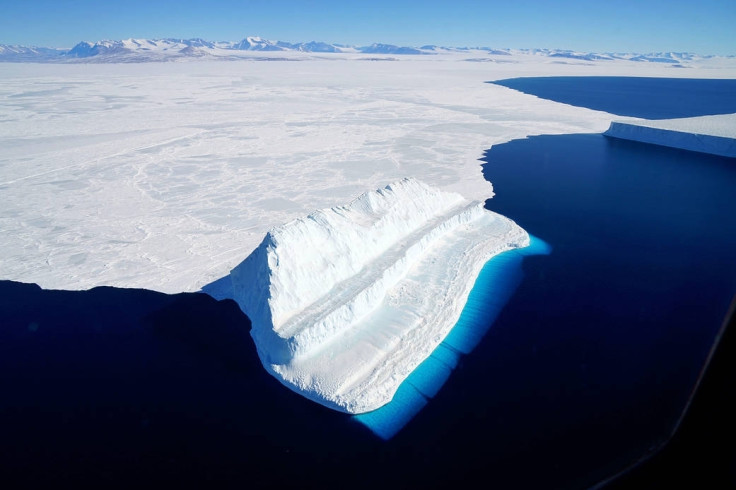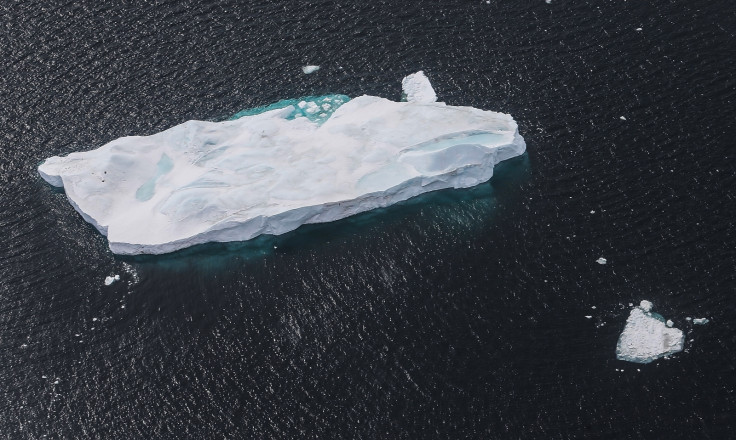Nasa uses new stunning image to explain how ice gets so blue
When undersides of icebergs get eroded away, it exposes, old, dense ice that looks really blue.

Ice looks blue under sea water, especially when they are from glaciers in the Antarctic, and Nasa's Operation IceBridge this year captured a few such images that show just how beautiful a sight this can be.
The parts of the iceberg that are under water, says a Nasa report, appear to be blue mainly because of the light from the water in McMurdo Sound.
McMurdo Sound is a 55 km long stretch of ice-logged waters that connect to the Ross Sea in Antarctica. When undersides of icebergs get eroded away, it exposes, old, dense ice that looks really blue. The changing shape of icebergs caused by erosion eventually causes it to flip over itself. This process brings the eroded and sculpted ice above water, while the newer, freshly compacted ice gets dunked.
Going by the look of this particular iceberg, Nasa explains that its step-like, sculpted shape suggests that it likely flipped soon after calving. The other iceberg seen in this picture in the top right corner that looks stable and with a table top could mean that it has not rotated yet.
Released by Nasa, this image was captured late in November during a flight over Victoria Land, says a release by the space agency.
Blue icebergs are not that uncommon, notes a previous report from the Nasa Earth Observatory. They normally come in shades of brilliant blue and green. Icebergs normally look white because of the tiny air bubbles and other reflective particles that tend to reflect light of all wavelengths equally, giving them a white appearance.
When underwater, these icebergs get compressed by the sea and air bubbles get pushed together and out of the ice. Other reflective particles also get washed away, leaving only pure ice behind. When sunlight passes through them, shorter wavelength colours like blues and greens pass through while longer wavelengths, such as the reds and yellows, get absorbed, giving the ice a blue hue.






















